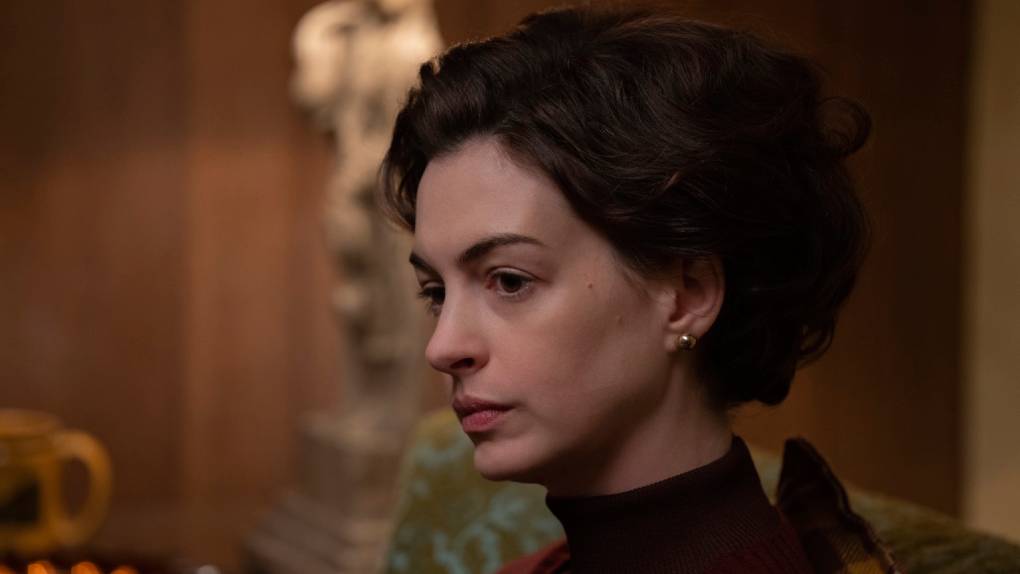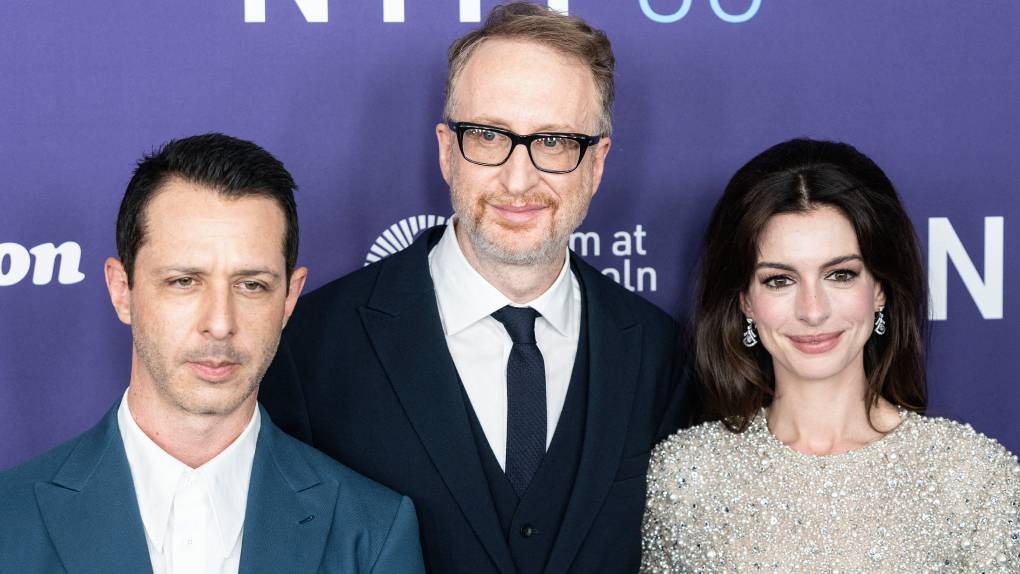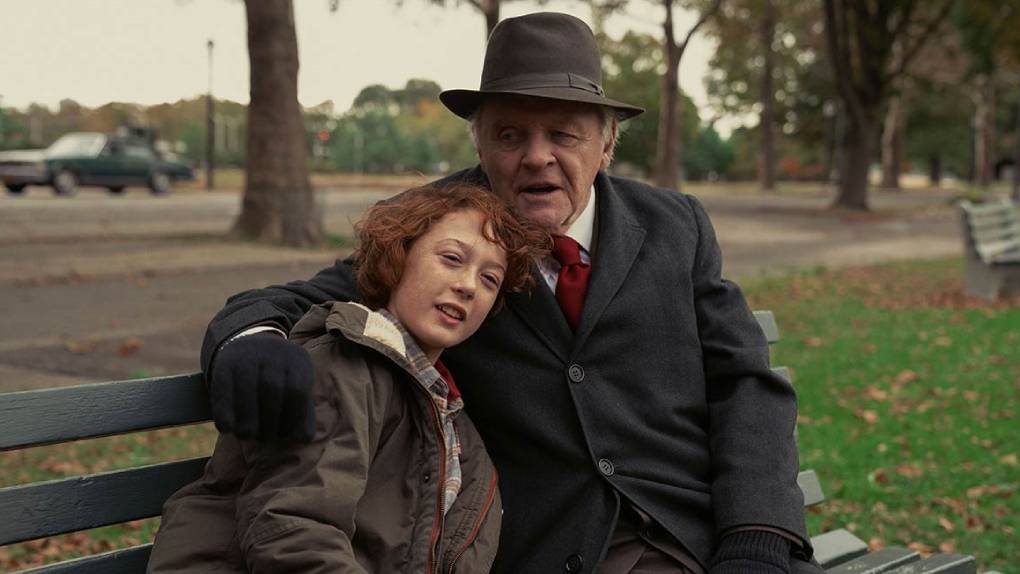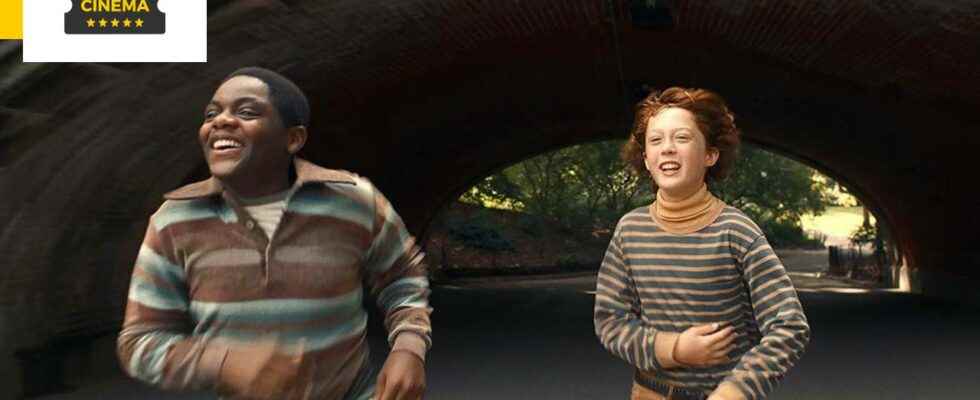After “The Lost City of Z” and “Ad Astra”, James Gray returns to film the Queens of his childhood in “Armageddon Time”, an autobiographical initiatory story in theaters since Wednesday.
Armageddon Time by James Gray
Starring Anne Hathaway, Jeremy Strong, Banks Repeta…
What is it about ? A very personal story of an 1980s Queens boy’s coming of age, the strength of family, and the generational quest for the American dream.
Back to basics
2022 Focus Features, LLC.
James Gray’s first five films were set in New York. The director then ventured into the jungle with The Lost City of Z and then into space with Ad Astra. Armageddon Time marks a return not only to New York, but also to the townhouse neighborhood of Flushing, Queens, where he grew up.
“I’ve been to the jungle and the cosmos, and I loved it. But at some point, you understand that infinity is in yourself. And, if you manage to express yourself sincerely and frankly, it “is the best we can do. I wanted to come home, and make a film that would be as personal as possible.”
James Gray’s most personal film

2022 Focus Features, LLC.
James Gray grew up with an older brother and parents who were both children of Jewish immigrants to the United States. His father, the son of a plumber, did not have an easy childhood, but he had managed to climb into the middle class by becoming an engineer. His mother was a teacher and president of the parents’ association. James Gray wanted to inscribe this personal story in American history and the cultural currents of the 1980s.
He had befriended a little black boy, with whom he had been caught smoking a joint in the college bathroom. This incident did not have the same impact on the career of the two children: “As a white man, I was unaware that my race and class were giving me the benefit of the doubt, giving me a second or even a third chance. Not realizing, not not meet, is a luxury and an undeserved privilege. I wanted my film to scrutinize the fault lines of class and race in my country and address them in all honesty.”
Added to this was the privileged relationship he had with his grandfather, which allowed him to develop his moral conscience.
Armagideon Time

2022 Focus Features, LLC.
The title is a reference to the reggae song Armagideon Time(originally written and composed by Willie Williams) covered by the Clash in 1979. It is also a way of evoking the threat of nuclear war.
James Gray explains: “It was in the mouth of all the politicians, and behind this title, there is the idea that this “sidelining” of Paul represents for him an Armageddon. The fact of going to a new school , to hear the word “nigger” uttered without restraint, to attend the interventions of the Trump family explaining to them that they had never been privileged, when it is quite the opposite, all that shocks him deeply “.
A follower of “method acting”

PacificPressAgency / Bestimage
From the start of filming, Jeremy Strong arrived 30 min to 1 hour early in his suit and talked about the news of the day, as if he were living in the 80s. He rarely got out of character. Anne Hathaway followed suit.
Producer Marc Butan recalls: “they would start talking about Jimmy Carter and Ronald Reagan, and this or that business closing down the street. The supporting roles would come in and come into their game, and when the team was ready to strike the first blow crank, they were all into character, and I think that helped the young actors a lot. It felt like walking through the door of a house in Flushing at the time.”
Filmed digitally

2022 Focus Features, LLC.
James Gray wanted the film to look like it was shot in 1979-1980, with a washed out effect and very little contrast. Ironically, he had to shoot digitally to get the desired result: “Film media doesn’t react the same way it used to, because the technology has evolved so much since 1980, and the quality of the film is much better. We had to resort to a simulacrum. We shot with the Arri Alexa 65 camera, we then transferred the digital images to photochemical film and then turned them back to digital.”
Cinematographer Darius Khondji explains: “The look of the film is very different from anything I’ve done so far. I had to approach the colors, the blacks, quite differently, because what James told me about the he story was radically different from anything a director had told me before. The film is rooted in reality, almost like an anthropology film: the study of a family at a particular point in history. But it’s totally fictional and poetic at the same time, a kind of illusion. I loved James’ very painterly approach, he encouraged me to paint with light.”
